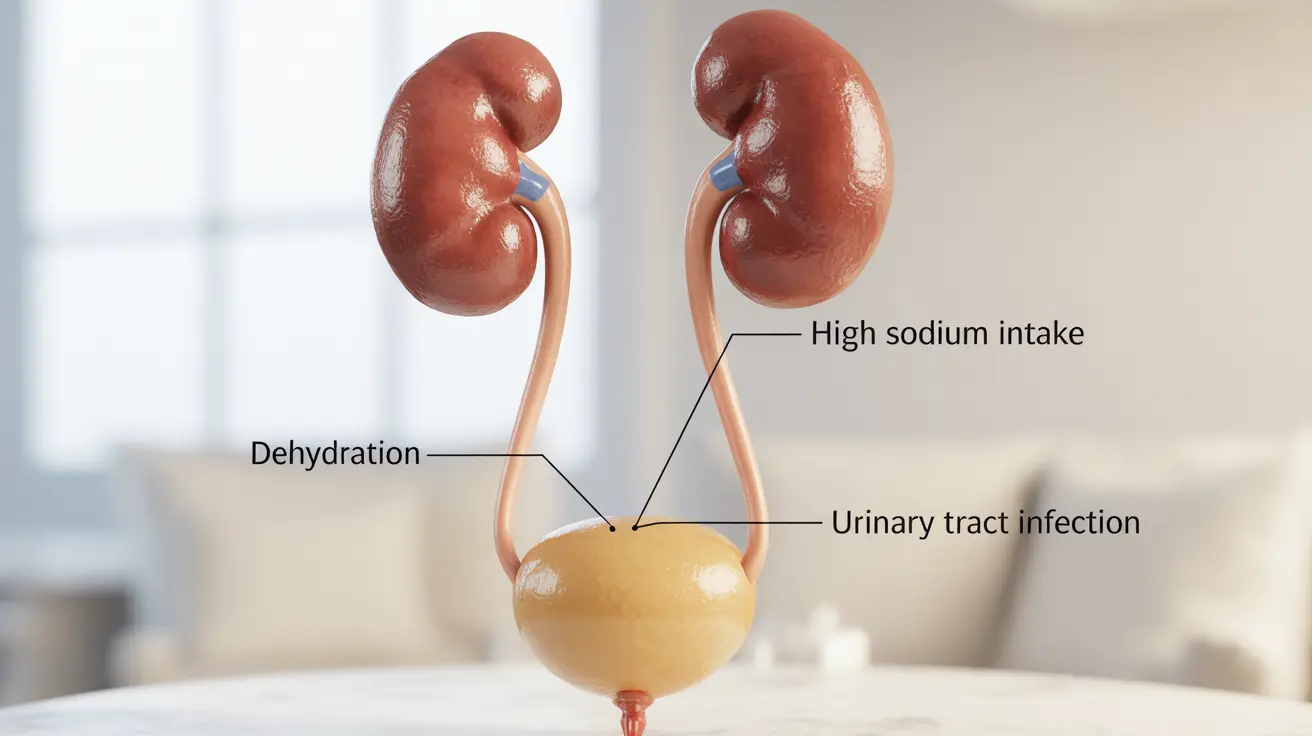Earlobes are a distinctive facial feature that can vary significantly from person to person. While most people don't give much thought to their earlobes, certain characteristics – particularly creases – have garnered medical attention due to their potential relationship with cardiovascular health. Understanding what constitutes a normal earlobe crease and its possible health implications can provide valuable insights for both healthcare providers and individuals.
This comprehensive guide explores the characteristics of normal earlobes, the significance of earlobe creases, and their potential connection to various health conditions, particularly heart disease.
Normal Earlobe Anatomy and Variations
Earlobes typically appear as soft, fleshy projections at the bottom of the ear. They can be either attached (connected directly to the side of the head) or unattached (hanging freely). The surface is usually smooth and may have slight natural folds, but shouldn't display prominent diagonal creases.
Normal earlobes contain fatty tissue and blood vessels but no cartilage, making them soft and pliable. Their size and shape can vary considerably among individuals, influenced by genetic factors and age.
Understanding Earlobe Creases
Types of Earlobe Creases
The most significant type of earlobe crease is known as Frank's sign, named after Dr. Sanders Frank, who first described it in 1973. This appears as a diagonal fold or crease that runs from the tragus (the small prominence in front of the ear canal) toward the edge of the earlobe.
Earlobe creases can be:
- Unilateral (appearing on one ear)
- Bilateral (present on both ears)
- Complete or incomplete
- Diagonal or horizontal
Formation and Development
Earlobe creases typically develop over time and become more prominent with age. While some people may be born with natural variations in their earlobe structure, acquired creases often appear gradually and deepen over the years.
Medical Significance of Earlobe Creases
Research has suggested potential correlations between earlobe creases and various health conditions, particularly cardiovascular disease. While the presence of an earlobe crease alone isn't diagnostic, it may serve as a visible marker that healthcare providers can consider alongside other risk factors.
Relationship with Cardiovascular Health
Several studies have investigated the association between diagonal earlobe creases and coronary artery disease. The connection might be related to changes in blood vessels and connective tissue that affect both the heart and the ears.
Professional Medical Assessment
Healthcare providers should consider earlobe creases as one of many potential indicators when evaluating cardiovascular risk. However, it's essential to understand that this physical sign should never be used in isolation but rather as part of a comprehensive health assessment that includes:
- Family history
- Blood pressure measurements
- Cholesterol levels
- Lifestyle factors
- Other cardiovascular risk factors
Frequently Asked Questions
What is the normal appearance of an earlobe, and how does it differ from one with a crease? A normal earlobe is typically smooth, fleshy, and free from prominent diagonal lines. An earlobe with a crease will show a visible diagonal fold running across its surface, often from the ear canal toward the edge.
Can a diagonal earlobe crease (Frank's sign) be a reliable indicator of heart disease risk? While diagonal earlobe creases have been associated with increased cardiovascular risk in some studies, they should not be considered a definitive indicator. They are best viewed as one of many potential risk markers that healthcare providers may consider.
How does the presence of an earlobe crease relate to other factors like age, genetics, and heart disease? Earlobe creases become more common with age and may have genetic components. Their relationship with heart disease appears to be linked to similar changes in blood vessels and connective tissue that affect both the cardiovascular system and ear structure.
What are the potential health implications of having bilateral earlobe creases? Bilateral earlobe creases (present on both ears) have shown stronger associations with cardiovascular risk in some studies compared to unilateral creases. However, they should be considered alongside other risk factors and not in isolation.
How should healthcare providers use observations of earlobe creases in assessing cardiovascular risk? Healthcare providers should view earlobe creases as one component of a comprehensive cardiovascular risk assessment. They should be considered alongside traditional risk factors, diagnostic tests, and the patient's overall health profile.




